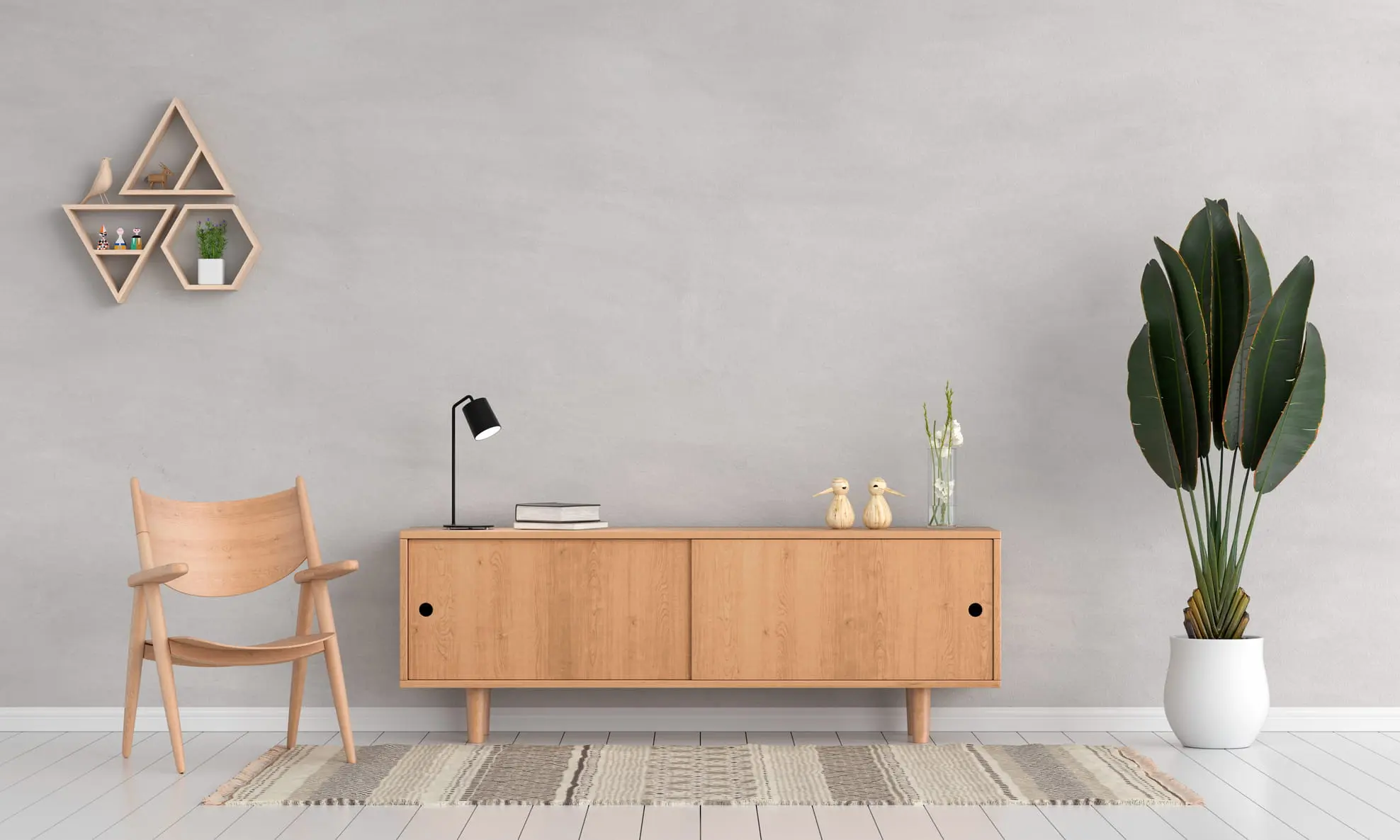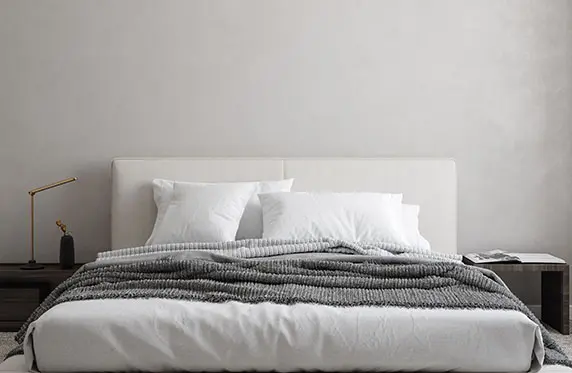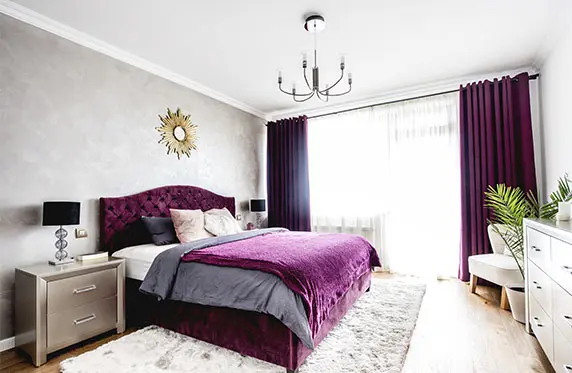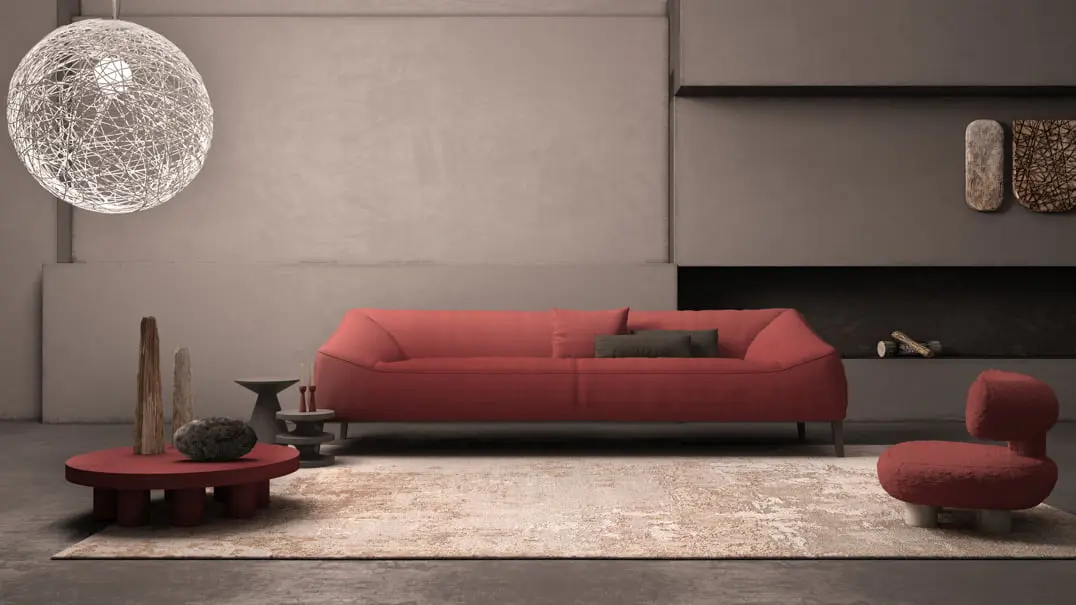Microcement on walls
The microcement on walls is much more than a high-strength material. It's a decorative coating designed to create fine, more natural and high-end finishes. It's the ideal product to achieve a finish similar to Venetian stucco.
The microcement on the walls provides a luxurious texture, soft and shiny amidst dreamlike finishes. It beautifies any non-walkable surface and can be applied over cement, plaster or concrete.
The option to vary the intensity of the color in each layer allows to achieve degraded finishes that multiply the decorative possibilities. The color combinations are endless.
Advantages of Microcement on walls
Microcement walls are the decorative solution to give a special touch to each of the spaces in the house. Wall coatings can transform an office or home adapting to any decorative style.

- Coating conceived to achieve unique finishes with maximum customization.
- Maximum adherence and elasticity.
- Creates spaces with harmony and high-end finishes on any support.
- Enhances the luminosity and breadth of each room.
- Variety of colors and finishes.
- Suitable for indoor and outdoor surfaces, as it is a material with high mechanical resistances.
- Greater durability compared to other coatings.
- Resistant to cracking and high temperatures.
- Easy cleaning and maintenance.
Microcement gallery on walls



Microcement finishes on walls
Microcement coatings are characterized by the water effect, something especially relevant to enhance the decorative value of the wall coating. This effect, which is less visible with lighter colors, gives a natural and artisanal appearance to the surface.
Smooth finishes are the best showcase for microcement on walls as they allow to create a coating endowed with the greatest smoothness and elegance. The fine texture is a good choice for the surface to convey a sophisticated and unparalleled style.
A smoother wall is the perfect frame for the microcement coating to shine and enhances the decorative style of the space.
Rustic finishes are a commitment to give the room a more traditional air. To create this aesthetic on the walls, a larger granulometry, providing a rougher texture, must be used. This type of finish also requires aesthetic coherence with the home decoration, which implies that all elements should breathe the same traditional air.
The choice of finishes is not limited to the application of microcement. With the final sealing of the surface, you can choose the appearance of the protective layer: glossy, matte, satin, or super matte.
Microcement on walls: high-decorative coating
Microcement on walls is synonymous with unique spaces, but wall coatings decoration encompasses many possibilities that can be perfectly combined with microcement.
Metallic glazes are the best ally to bring freshness and enhance the artistic finishes of microcement. These paints serve to give volume effects or shine to the coating.
Association of microcement with glazes is ideal to give an artistic touch to the walls and pay the utmost attention to the details of the finishes.
Coat walls quickly with a product that, unlike plastic paint and plaster, withstands occasional blows.
The combination of microcement and glazes on walls offers impressive creative possibilities and an unmistakable personal touch in any interior design project. The creative possibilities are limitless.

Tips for applying microcement on walls
Determine if the surface is absorbent or not absorbent. If the surface is porous, a primer for mortars and plasters must be applied to facilitate adhesion.
If the surface is not porous, an adhesion promoter for non-absorbent surfaces must be applied to facilitate adhesion to the mortar. This is the case for bricks or tiles.
Microcement on walls is applied with a trowel in a thin layer with short movements in all directions to break the pattern.
It is advisable to start applying the material at the top of the support and gradually go downwards.
When coating bathroom walls with little ventilation, the applicator needs to bring a fan to dry the surface and prevent moisture from condensing in the environment.
The support must be level, dry, clean and free of fats. The planimetry must be in perfect condition before applying the microcement.
The ideal temperature for applying microcement is between 15º and 25ºC. In summer when temperatures reach 30 degrees, the material hardens very quickly.
All stains must be removed quickly before the microcement hardens.